Disclosure: This article contains affiliate links. We may earn a commission from purchases at no extra cost to you, which helps our travel content.
If you're anything like me, your school office shelves are gradually becoming a gallery of global treasures that each tell a story. My latest collection comes from the beating heart of Peru's central highlands – Huancayo. While most travelers make a beeline for Cusco or Lima, I found myself drawn to this lesser-known gem after a Peruvian colleague insisted I experience 'the real Peru.' Located about 310 kilometers east of Lima in the fertile Mantaro Valley, Huancayo sits at an impressive 3,271 meters above sea level, making it both literally and figuratively one of Peru's high points for artisanal shopping. With centuries of Wari, Inca, and Spanish influences woven into its cultural fabric, this highland city has become a powerhouse of traditional craftsmanship where ancient techniques meet contemporary creativity. For solo travelers looking to bring home more than just photographs, Huancayo's markets offer an authentic immersion into Andean craftsmanship without the tourist markup you'll find in more frequented Peruvian destinations.
Feria Dominical: Sunday Market Extravaganza
Every Sunday, Huancayo transforms as the Feria Dominical (Sunday Fair) takes over Huancavelica Avenue for nearly 3 kilometers. I'd read about it beforehand, but nothing prepared me for the sensory explosion of colors, textures, and humanity that greeted me at 7 AM when I arrived.
As a principal accustomed to organizing school events, I couldn't help but admire the remarkable logistics behind this weekly phenomenon. Hundreds of vendors from surrounding villages arrange themselves in an almost intuitive organization system, with similar products grouped together, creating natural 'departments' along the avenue.
The textile section alone could consume your entire day. I watched in awe as elderly weavers demonstrated techniques passed down through countless generations, their weathered hands working with surprising dexterity. Unlike the mass-produced 'artisanal' products you might find in Lima's tourist markets, these pieces showcase authentic iconography specific to the Mantaro Valley region.
My best find? A spectacular manta (traditional shawl) with intricate geometric patterns that the weaver explained represented the mountains and rivers of her ancestral lands. At 180 soles (approximately $50 USD), it was a fraction of what similar pieces command in high-end boutiques in Lima or abroad.
The market operates from dawn until mid-afternoon, but as a veteran of many markets worldwide, I'd strongly recommend arriving before 9 AM. The morning not only offers cooler temperatures but also the best selection before choice items disappear into the bags of savvy shoppers.

💡 Pro Tips
- Bring small bills and coins as vendors rarely have change for large notes
- Negotiate respectfully - a good rule is to aim for about 10-20% off the initial price
- Wear comfortable shoes and bring a packable daypack for your purchases
Cochas Chico: The Village of Master Carvers
Just 11 kilometers from central Huancayo lies a village that's essentially an open-air workshop for Peru's finest gourd carvers. Cochas Chico specializes in mates burilados – intricately carved gourds that tell stories through miniature scenes depicting daily life, historical events, and cultural celebrations.
As an educator, I found this village particularly fascinating. The local school has integrated mate burilado techniques into its curriculum, ensuring this ancestral art form continues through future generations. The headteacher and I had a lengthy chat about experiential learning – something I'm passionate about implementing in my own school back in London, Ontario.
The village operates differently from a traditional market. You'll visit family workshops where multiple generations often work side by side. I spent nearly two hours with the Sanabria family, watching in amazement as Don Eduardo transformed a simple gourd into an extraordinary panoramic depiction of harvest festivities using nothing but rudimentary hand tools.
What struck me most was the mathematical precision involved. As someone who's attempted to improve his own artistic skills over the years, I can attest that creating symmetrical patterns on a curved surface requires remarkable spatial intelligence. When I clumsily attempted to make even a simple line with the carving tool, the family erupted in good-natured laughter at my lack of coordination.
Prices vary dramatically based on complexity. Simple decorative gourds start around 20-30 soles, while museum-quality pieces with thousands of intricate figures can command 500+ soles. I purchased a middle-range piece showing village life for 120 soles – approximately $33 USD – which now serves as an excellent conversation starter in my office.
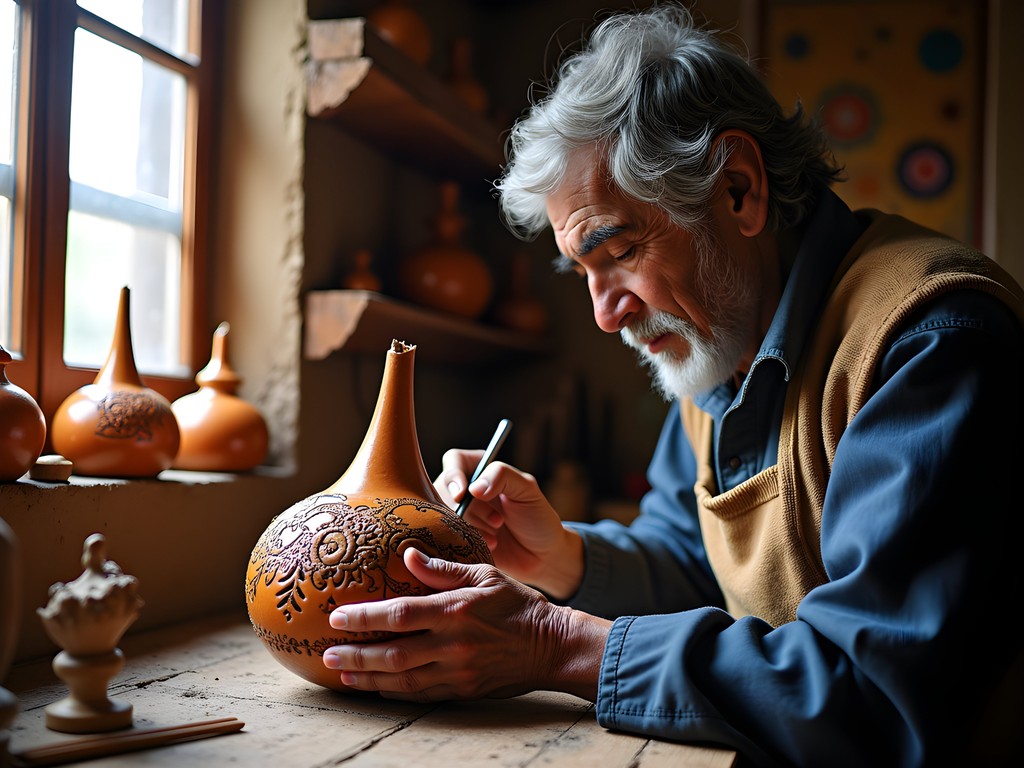
💡 Pro Tips
- Take a colectivo (shared taxi) from Huancayo to Cochas Chico for about 3 soles each way
- Bring your compact camera as the carving process is fascinating to document
- Ask permission before photographing artisans or their work
Wanka Wanka Market: Daily Treasures in the City Center
For those who can't time their visit around the Sunday market, fear not. The Wanka Wanka market operates daily in central Huancayo and offers a condensed but still impressive selection of regional crafts. Located just two blocks from the main plaza, this covered market became my regular haunt during my stay.
While smaller than the sprawling Sunday fair, Wanka Wanka compensates with consistency and convenience. The market is particularly strong in its offering of woolen products – jumpers, scarves, gloves, and socks made from alpaca and sheep wool. After the biting highland mornings reminded me that my Scottish cold tolerance isn't universal, I invested in an alpaca scarf that proved warmer than any synthetic alternative I've owned.
What I appreciated most about Wanka Wanka was the opportunity to build relationships with vendors over multiple visits. By my third day, Doña Carmela was setting aside items she thought would interest me based on our previous conversations. This relationship-building aspect reminded me of how we approach community partnerships at my school – consistent engagement always yields better results than one-off interactions.
The market also houses several small eateries serving regional specialties. While my stomach generally handles international cuisine well (a necessity for frequent travelers), I'd recommend approaching the food stalls with appropriate caution if you have a sensitive system. That said, the papa a la huancaína (potatoes in spicy cheese sauce) became a daily indulgence that I'm still attempting to recreate at home, with limited success.
I found prices at Wanka Wanka to be slightly higher than the Sunday market but still remarkably reasonable compared to tourist-oriented shops in Lima. Most small items ranged from 15-50 soles, with larger textiles or more complex pieces commanding 100-200 soles.

💡 Pro Tips
- Visit early in your trip to identify items you might want to purchase later
- Some vendors accept credit cards, but cash is preferred and will often get you a better price
- Look for the official artisan certification tags on higher-end items to ensure authenticity
San Jerónimo de Tunán: Silver Filigree Wonderland
As a Scotsman with Celtic heritage, intricate metalwork has always fascinated me. Perhaps that explains why San Jerónimo de Tunán, just 16 kilometers from Huancayo, became my favorite artisanal destination in the region. This unassuming town is renowned throughout Peru for its silver filigree work – a delicate technique where thin silver threads are twisted and soldered into elaborate designs.
The main plaza hosts several workshops where you can watch silversmiths create everything from simple earrings to elaborate ceremonial pieces. What impressed me most was learning that many of these artisans began apprenticing as young as 12 years old, developing extraordinary fine motor skills through years of practice.
I visited on a Tuesday morning and practically had the workshops to myself, allowing for in-depth conversations with the craftspeople. Master silversmith Jorge explained that while tourist interest helps sustain their work financially, their most important commissions come from local churches and community celebrations where silver pieces play important ceremonial roles.
The craftsmanship here rivals anything I've seen in more famous silver centers like Taxco in Mexico, yet the prices remain remarkably accessible. I purchased a pair of filigree earrings for my sister (70 soles) and a stunning brooch for my mother (150 soles) that would easily cost triple in North American or European markets.
For serious shoppers, I'd recommend bringing a jewelry travel case to safely transport your purchases. After watching the care that goes into creating these pieces, the last thing you want is to damage them on the journey home. I learned this lesson the hard way when a particularly delicate pendant I'd carelessly wrapped in clothing arrived slightly bent – a rookie mistake I won't repeat.

💡 Pro Tips
- Bring a magnifying glass to appreciate the incredible detail in the filigree work
- Genuine silver should be stamped with '925' or 'plata' to indicate sterling silver content
- If purchasing multiple items, don't hesitate to politely request a small discount
Navigating Prices & Negotiations: A Principal's Approach
As someone who negotiates school budgets for a living, I approached the Huancayo market experience with a certain confidence. However, I quickly learned that cultural context matters enormously in negotiation settings. The direct approach that serves me well in administrative meetings back home needed significant adjustment in the Andean marketplace.
First, understand that bargaining is expected but should be conducted with respect and good humor. My Scottish tendency toward bluntness had to be tempered with relationship-building. Starting conversations with genuine interest in the craftsmanship before discussing price yielded consistently better results than immediate price negotiations.
A useful framework I developed during my time in Huancayo:
-
Observe: Before purchasing anything, walk through the entire market section to compare quality and prices for similar items.
-
Connect: Engage vendors in conversation about their craft, asking questions about techniques or materials. My rudimentary Spanish was sufficient, but having a pocket phrasebook proved invaluable for specific terminology.
-
Consider: Make a mental note of items you're interested in but don't commit immediately.
-
Return: Circle back to vendors whose work and energy you appreciated.
-
Negotiate: Begin by asking 'Cuál es su mejor precio?' (What's your best price?) rather than offering a specific lower amount.
As a general rule, expect to pay about 70-80% of the initial asking price, though unique or exceptionally high-quality items may have less negotiating room. Remember that an extra 10 soles might be relatively insignificant to your travel budget but can make a meaningful difference to a local artisan's livelihood.
I witnessed several tourists employing aggressive bargaining tactics that clearly made vendors uncomfortable. As someone who values educational experiences and cultural respect, I found this approach counterproductive and potentially harmful to local economic sustainability. The goal should be a fair exchange that respects the artisan's skill and time while providing you with authentic craftsmanship at a reasonable price.
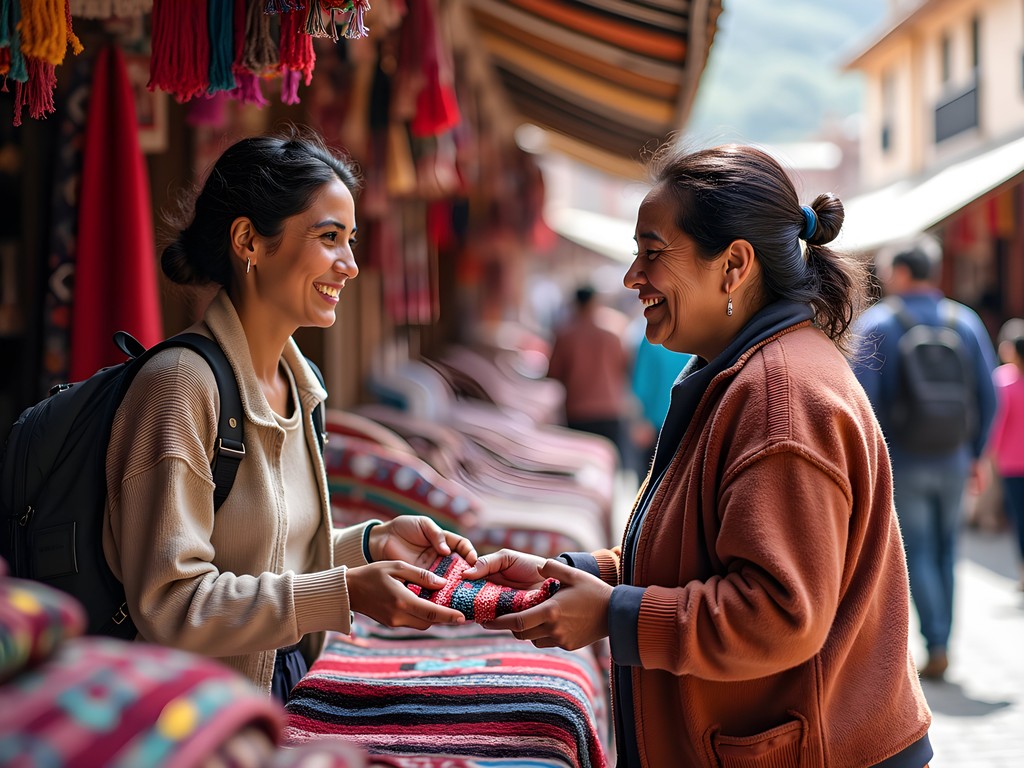
💡 Pro Tips
- Learn basic Spanish numbers and negotiation phrases before your trip
- Bundle purchases from the same vendor for better pricing
- Remember that extremely low prices often indicate mass-produced rather than authentic handcrafted items
Final Thoughts
As I carefully packed my suitcase with treasures from Huancayo's markets—each wrapped in layers of clothing for protection—I reflected on how these artisanal pieces represent far more than souvenirs. They embody centuries of cultural knowledge, artistic innovation, and community identity that continues to thrive despite modernization pressures. For the solo traveler willing to venture beyond Peru's established tourist circuit, Huancayo offers not just authentic crafts at reasonable prices, but meaningful connections with the artisans who create them. Whether you're admiring the mathematical precision of mate burilado carvings or the delicate intricacy of silver filigree work, you're participating in the preservation of living cultural heritage. So next time someone compliments the colorful textile hanging in my office, I don't just tell them it's from Peru—I share the story of María, the weaver who created it, and the generations of knowledge embedded in every thread. After all, isn't that what thoughtful travel shopping should be about?
✨ Key Takeaways
- Sunday's Feria Dominical offers the widest selection and best prices but requires early arrival
- Village workshops like those in Cochas Chico provide the most authentic and educational shopping experiences
- Relationship-building with vendors leads to better prices and more meaningful purchases
- Quality artisanal goods in Huancayo cost 30-50% less than in Lima or Cusco
📋 Practical Information
Best Time to Visit
year-round, though May-September offers the most reliable dry weather
Budget Estimate
200-300 soles ($55-85 USD) for a diverse collection of quality crafts
Recommended Duration
2-3 days minimum to explore all major markets and workshops
Difficulty Level
Beginner


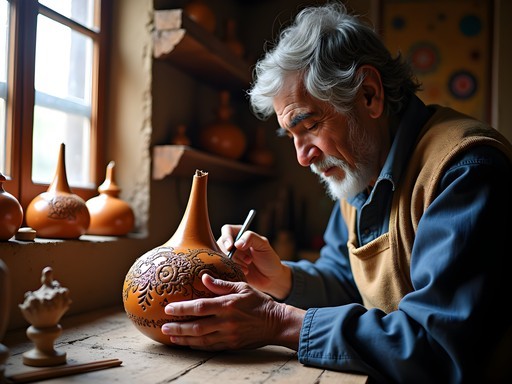
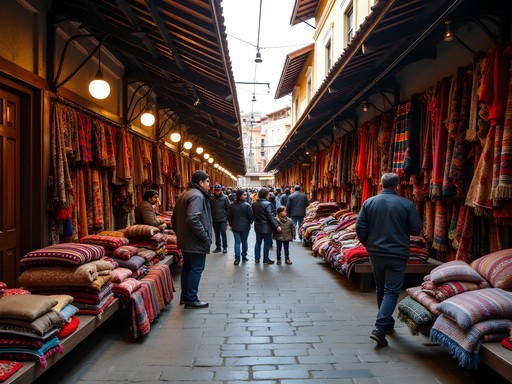
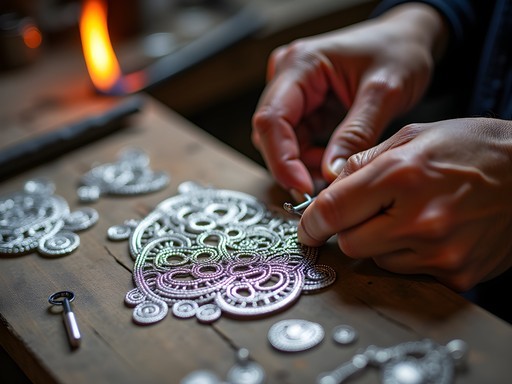
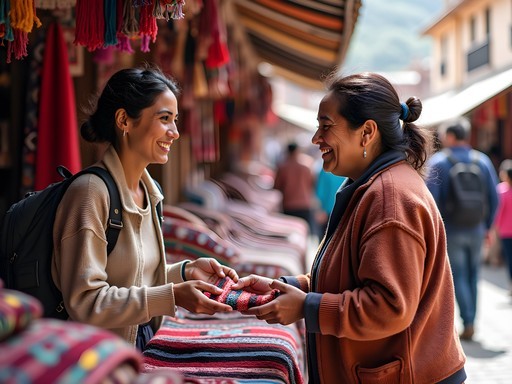


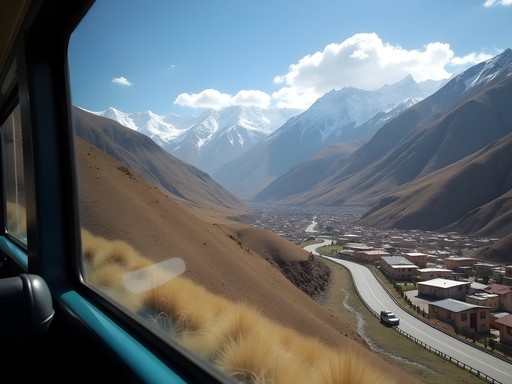

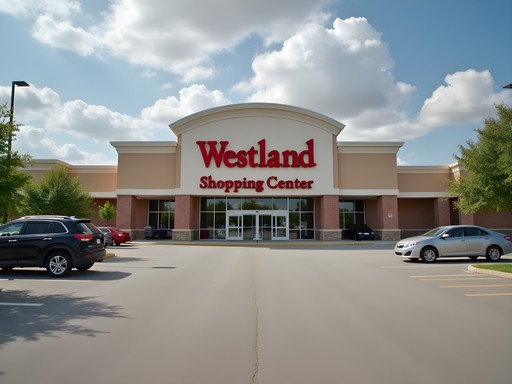

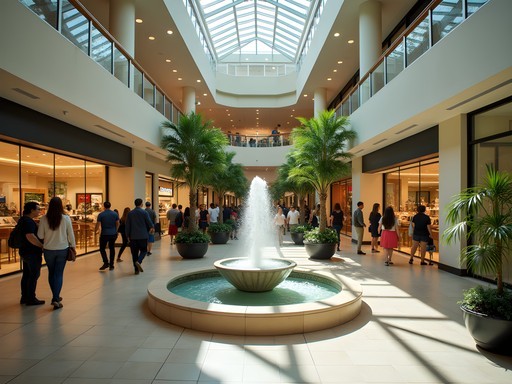


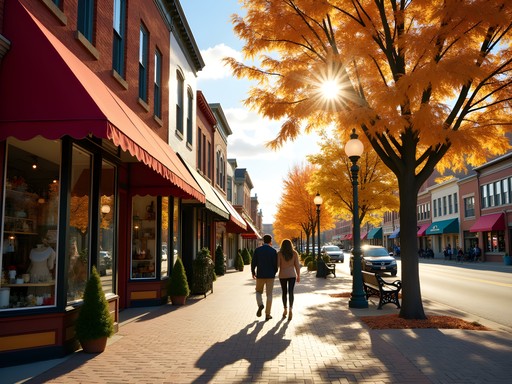
Comments
escapestar9949
Any recommendations for which textiles are best quality? I'm heading there next month and want to bring back something that will last.
Jackson Wallace
Look for alpaca textiles with tight weaving and vibrant natural dyes. The ones from family workshops tend to be better quality than the mass-produced market stalls. I found an incredible poncho from a woman named Marisol who has a small shop near the church in San Jerónimo - her family has been weaving for generations. Bring a packing cube set to protect your textiles on the journey home!
journeylover
Is it worth staying overnight in Huancayo or better as a day trip from Lima?
Jackson Wallace
Definitely stay at least 2 nights! It's about 7-8 hours from Lima by bus (or a short flight + taxi), and you'll want a full day just for the Sunday market. Plus, the surrounding villages each deserve time to explore properly.
backpacktime
How difficult is it to get to Huancayo from Lima? Is there a direct bus?
travelace
I took Cruz del Sur bus from Lima last year - about 8 hours with amazing views! Book a few days ahead if you're going on weekends.
Casey Andersson
There's also the train option! The Ferrocarril Central Andino runs from Lima to Huancayo occasionally. It's slower (about 12 hours) but absolutely spectacular - you'll climb through 69 tunnels and cross 58 bridges. One of the highest standard gauge railways in the world! Worth the splurge for the experience alone.
Frank Garcia
Great breakdown of Huancayo's markets! I spent two weeks there last year analyzing the economic impact of tourism on local artisans. The price differential between what locals pay versus tourists is fascinating - I found bargaining to be expected at Feria Dominical but less so at specialized workshops in Cochas Chico where master artisans have set prices. Pro tip: learn basic Quechua greetings. The moment I said 'Allianchu' (hello), prices magically dropped by about 15-20%. Also worth noting that many artisans now accept card payments through Yape or Plin (Peruvian payment apps), though cash still gets you better deals.
adventureguide2319
Frank, how safe did you find Huancayo overall? Any areas to avoid?
Frank Garcia
Huancayo felt quite safe during daylight hours, especially in market areas. Just use standard precautions - don't flash expensive gear and keep valuables secure. The area around the bus terminal gets sketchy after dark, so I'd recommend taxis in the evening.
travelace
Those carved gourds look amazing! Definitely adding Cochas Chico to my Peru itinerary.
tripmate
Those carved gourds make the best gifts! Everyone I brought them back for was amazed by the detail.
Willow Sanchez
Jackson, your post couldn't have come at a better time! I'm heading to Peru next month and was debating whether to include Huancayo in my itinerary - you've convinced me! I spent time in Cusco and the Sacred Valley a few years ago, and while the textiles there are stunning, I'm excited to see how the central highlands styles differ. One thing I learned from my previous Peru trip is how important it is to understand the symbolism in the patterns. Each region has distinct motifs that tell stories about local culture, history, and even mythology. I'm particularly interested in seeing the difference between Huancayo's geometric patterns compared to Cusco's more figurative designs. Has anyone found specific textiles unique to this region that I shouldn't miss? Also wondering about the best ways to preserve these textiles once I bring them home - my Cusco pieces have faded a bit over time.
tripmate
I frame my favorite textiles behind UV-protective glass! Keeps them from fading and turns them into amazing wall art.
Willow Sanchez
That's a brilliant idea! Much better than how I've been storing them. Do you use any special framing techniques to avoid damaging the fabric?
tripmate
I have them professionally mounted without adhesives directly on the textile - they use special pins hidden in the borders. Costs a bit more but preserves them perfectly!
hikingexplorer
The photos of those textiles are incredible! Such vibrant colors!
Claire Hawkins
Your post brought back wonderful memories of our family trip to Huancayo last year! My kids were absolutely fascinated by the gourd carving demonstrations in Cochas Chico. We actually participated in a mini-workshop where an artisan helped them each create a simple design. The patience these craftspeople showed with my excited 7 and 9-year-olds was heartwarming! We also found that visiting the Sunday market early (around 7am) was perfect - fewer crowds and the morning light made for beautiful photos of all those colorful textiles. The vendors were just setting up and seemed more willing to chat about their craft before the busy rush. One tip for families: bring small denominations of soles and let kids have their own little budget for treasures. My children still proudly display their handpicked Huancayo souvenirs!
journeylover
That workshop sounds amazing! Did you need to arrange it beforehand or can you just show up?
Claire Hawkins
We just showed up! Most workshops welcome visitors, and if you show genuine interest, many artisans are happy to let you try your hand at their craft. Sometimes there's a small fee for materials.
winternomad
How did you get around between these different markets? Is public transportation reliable there or should I arrange a driver?
Jackson Wallace
I used a mix of local colectivos (shared vans) and occasional taxis. Public transportation is pretty reliable between the main areas, but for Cochas Chico you might want to arrange a taxi for the day - it's more efficient if you want to visit multiple workshops.
winternomad
Thanks! That's super helpful. I'm a bit nervous about the language barrier since my Spanish is pretty basic.
coffeephotographer
I found that having phrasebook really helped me get around. Most vendors know basic English terms for negotiating, but learning numbers in Spanish is essential for bargaining!
Venture X
Premium card with 2X miles, $300 travel credit, Priority Pass